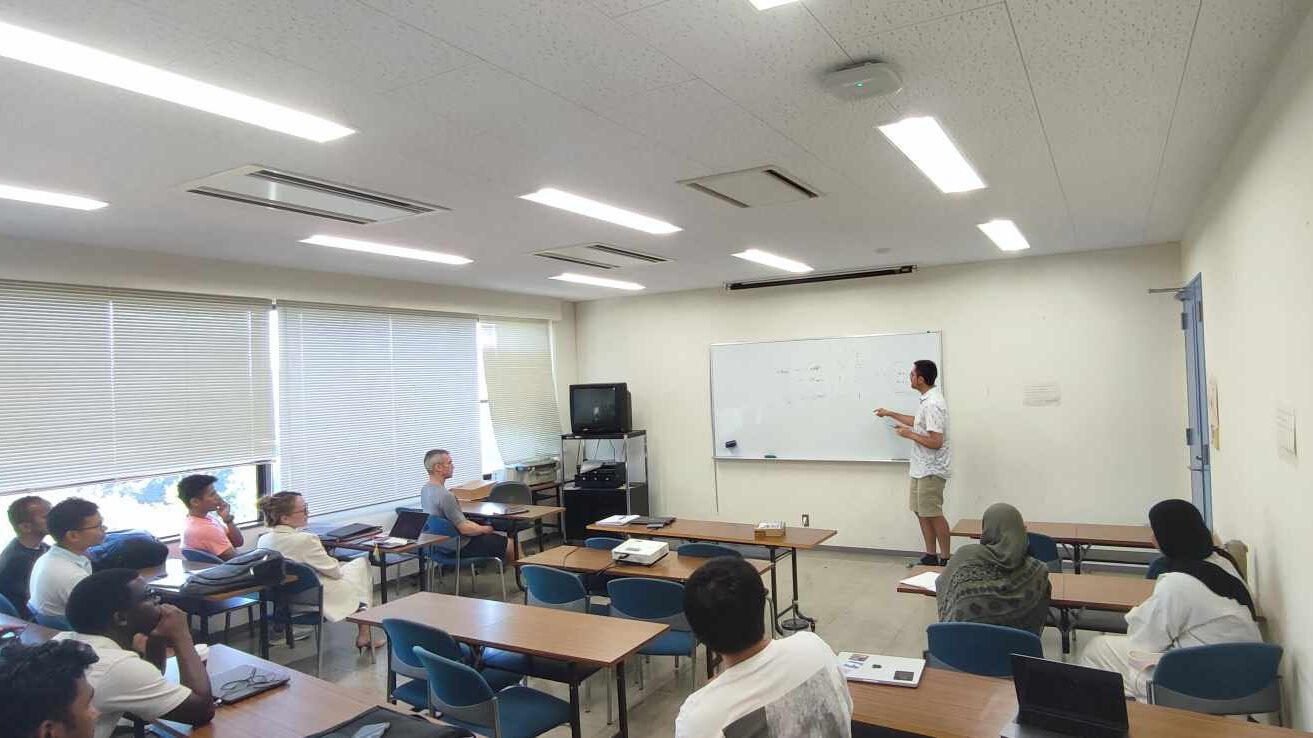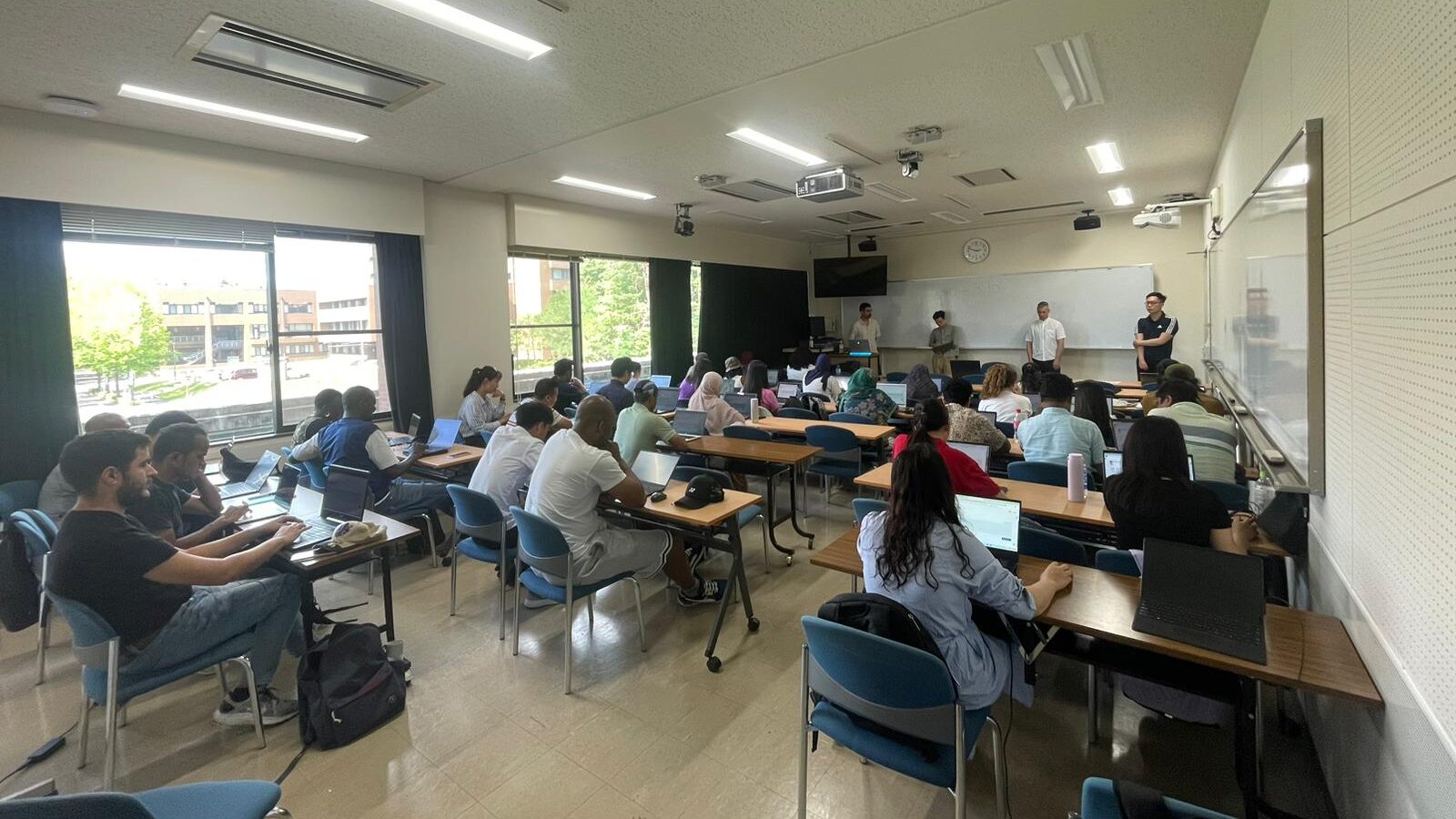
Alongside the required and elective courses, IEDP provides a structured compulsory methods sequence that allows masters students to gain the basic tools to analyze causal effects using experimental or observational data in the first year. These courses are designed to allow people without extensive statistics, economics, computer science, or data science backgrounds to conduct applied microeconomic analysis on a wide variety of topics.

While we leave the discussion of the doctrine of dependent origination to theologians, we provide some means to test cause and effect in our impermanent existence using quantitative methods.
The concept of causality that we use is counterfactual causality, an introduction to which can be found here:
https://mixtape.scunning.com/04-potential_outcomes
Before Enrollment
We highly recommend that students try to do some studying prior to enrollment if possible, to get the most of out of our program. The most important first step is to understand the basic intuition of causal inference. For this, we recommend watching the Causal Inference Bootcamp, a series of short videos explaining the concept of counterfactual causality and different methods commonly used to estimate causal effects, before coming to IEDP and looking through the Casual Inference Mixtape.
Many of our students use STATA or R, alongside other tools depending on the student’s research interest. We will provide a copy of STATA, which is proprietary (paid) statistical software package, but we also provide instruction on the R statistical/data management programming language and RStudio, an IME for the language. Both R and RStudio are free and open source. We recommend that you at least install and understand the basics of R before arriving, though we will also provide instruction on how to set up and use R.
The following section outlines the methods sequence only; students must take other courses in order to graduate, as outlined in the student handbook. Up-to-date official syllabi can be accessed here.
Year 1 (M1)
In Year 1, students take many mandatory and elective classes. In this section, we will focus on our methods sequence which are core classes that provide students with the tools needed to analyze data using causal inference methods to tackle real-world problems.
Note that HU divides the year into fall and spring semesters, which are divided into four terms. The first term for students enrolling in the fall is term 3, because the typical Japanese academic year begins in April.
This timeline is just our recommendation; some students may wish to take these courses over 2 years instead of concentrating the methods sequence in M1.
M1 Goals:
- Learn or review basic research methods
- Gain tools to conduct own research
- Gain theoretical and substantive perspective for thesis topic
- Solidity research topic and begin data collection/analysis
M1 Fall Semester (October-March) Courses
| M1 Term 3 |
| Microeconomics I*: – Microeconomic theory – Utility functions – Supply/demand – Equilibria Textbook: Varian 2010 Evidence Based Decision Making (EBDM): – Learn basic intuition of causal inference methods – Learn methods such as: randomized controlled trials, differences-in-differences, regression discontinuity, matching, and instrumental variables Research Methods (also offered in Term 4): – Learn basics of conducting research – How to ask a research question – How to conduct literature review – Academic writing Quantitative and Analytical Social Science: – Review basic statistical concepts – Understand different variable types – Understand counterfactual causality – Learn about randomized controlled trials, random sampling, and linear regressions – Learn how to analyze data on R Textbook: Llaudet and Imai 2022 |
| M1 Term 4 |
| Microeconomics II*: – Microeconomic theory – Utility functions – Supply/demand – Equilibria Textbook: Varian (2010) |
M1 Spring Semester (April-August) Courses
| M1 Term 1 |
| Applied Econometrics I: – Master counterfactual causality – Learn applied experimental causal inference methods – Randomized controlled trials – Vignette experiments – List experiments – Randomized conjoint analysis – Learn practical data analysis on R or STATA Textbook: Angrist and Pischke 2008, Cunningham 2021 |
| M1 Term 2 |
| Applied Econometrics II: – Learn applied observational causal inference methods – Instrumental variables – Regression discontinuity design – Regression kink design – Differences-in-differences – Matching – Learn practical data analysis on R or STATA Textbook: Angrist and Pischke 2008, Cunningham 2021 |

Year 2 (M2)
Hopefully, students will have completed their methods training and have learned to apply these methods for their own original research. Some electives may be useful to have taken in M1, such as remote sensing or GIS, depending on the student’s research interest.
M2 Goals:
- Finish data collection and analysis
- Obtain feedback from faculty and peers on ongoing research
- Write, submit, and defend thesis project
In the June of their second years, M2 students will give a Mid-Masters Presentation, where they showcase their research progress and get final feedback from the entire program faculty before finishing up their thesis for submission. The final submission is due at the end of July, and masters students give a final defense in August.
For full information on course requirements, including mandatory courses outside of IEDP, please refer to the student handbook for International Economic Development MA students in the following link.
*Note: Students may choose between Micro or Macroeconomics; Macroeconomics I is taught as an intensive course and Macroeconomics II is taught in Term 4









